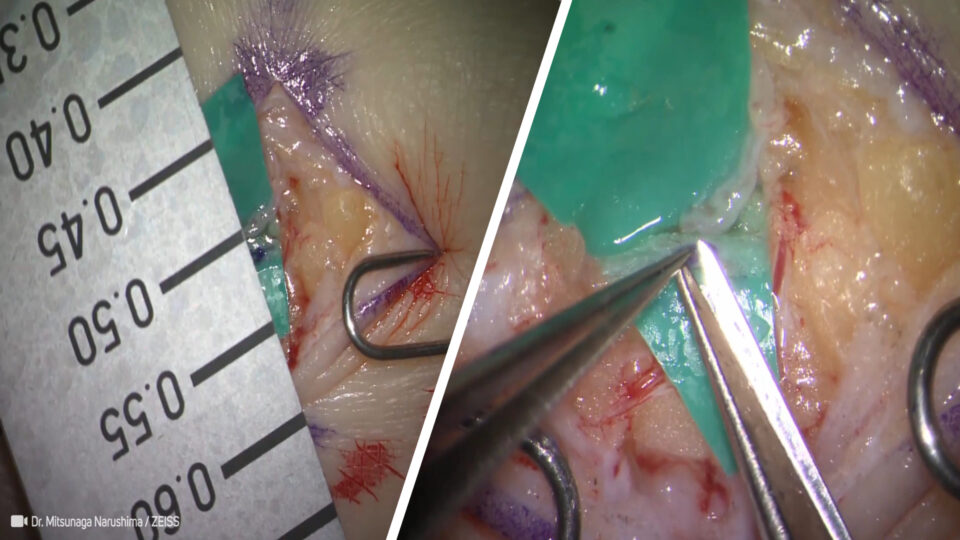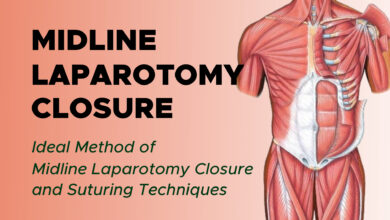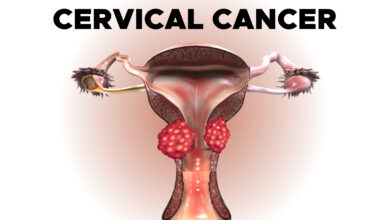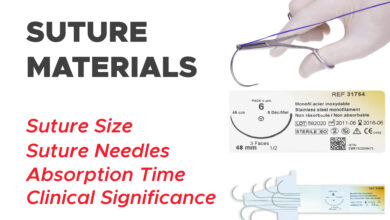
Microsurgical Lymphovenous Anastomosis for Treatment of Lymphedema
Lymphedema
Lymphedema is a chronic, progressive disease that affects approximately 140 to 200 million people worldwide. There is no curative treatment and palliation is challenging. The incidence is difficult to quantify as early-stage lymphedema is often underreported until it necessitates intervention.
The etiology of lymphedema includes congenital malformations (primary) and direct injury to the lymphatic channels (secondary). Oncologic treatment for solid tumors is the leading cause of secondary lymphedema in the developed world.
The field of lymphedema surgery has witnessed tremendous advancements over the years and has been coupled to the rapid growth of super microsurgical techniques.
A lymphovenous bypass or lymphaticovenular anastomosis is a new technique that requires identification of patent, residual lymphatic channels and performing an anastomosis to a recipient venule, thereby allowing outflow of lymphatic fluid and improvement in a patient’s lymphedema.
Nonsurgical management involves meticulous skincare, limb elevation, lifelong external compression therapy (both static and pneumatic), and physical therapy with manual lymph drainage and massage to minimize symptoms.



I just have one question, why cut it just to put it back together ?
Excepcional manera de explicar la anastomosis.
Very good technique sir, very good teaching mater🙏